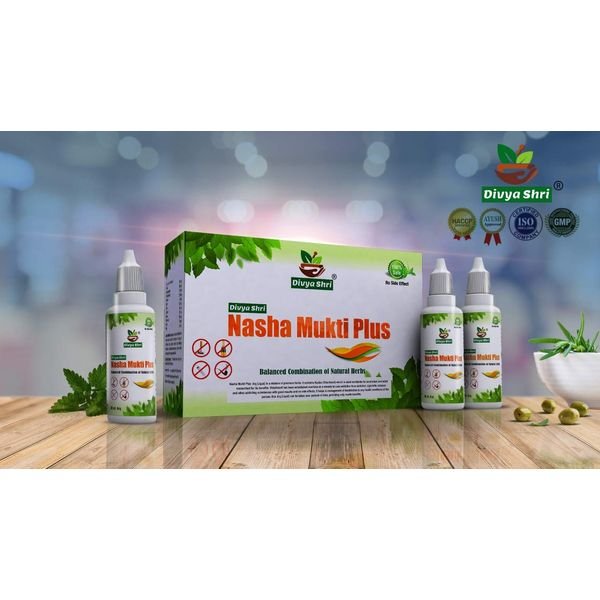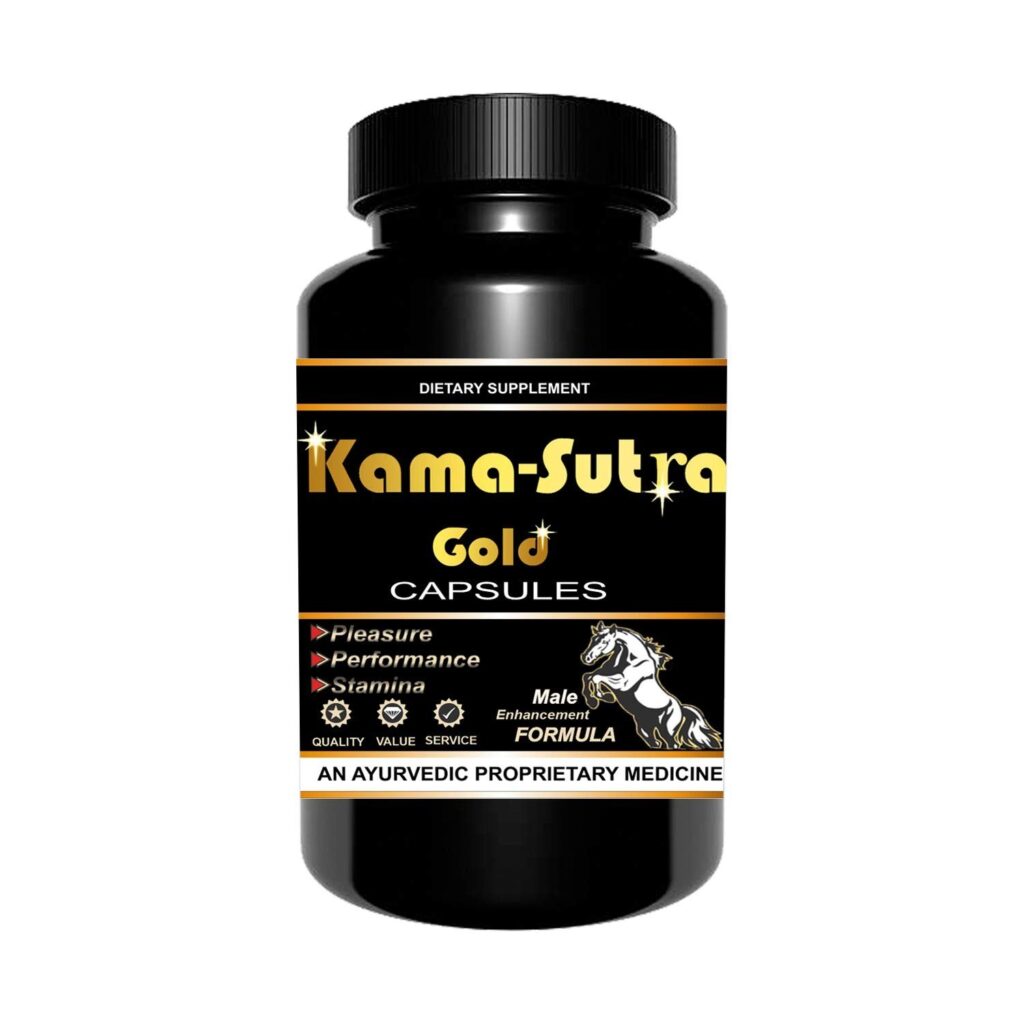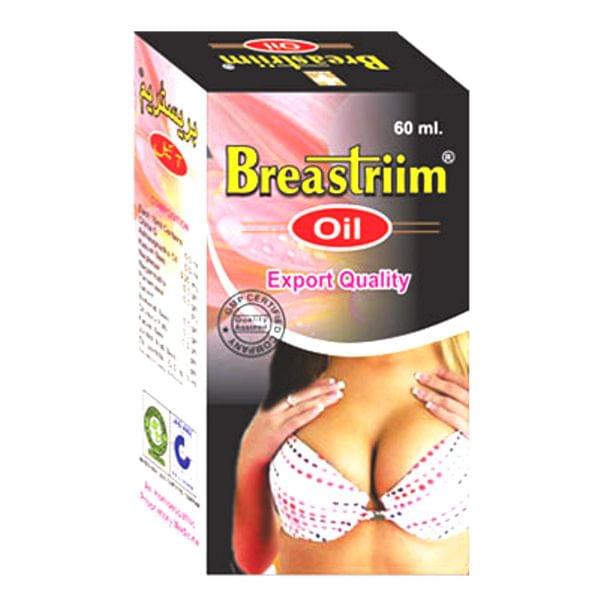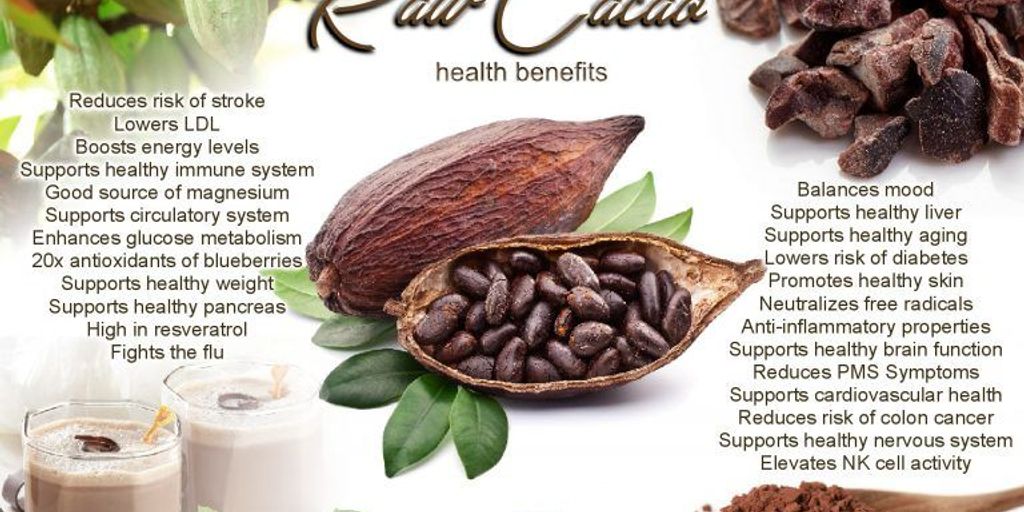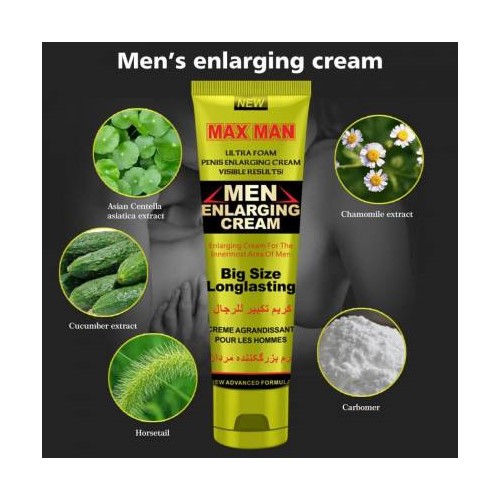Melasma is a common skin condition characterized by dark, discolored patches on the skin. It is often triggered by hormonal changes, sun exposure, and genetic factors. While there are various treatment methods available, Ayurveda offers natural remedies that focus on restoring balance to the body. In this article, we will explore the Ayurvedic approach to treating melasma and discuss natural remedies that can be used to alleviate its symptoms.
Key Takeaways
- Ayurvedic treatment methods aim to restore balance to the body and address the root cause of melasma.
- Herbal remedies such as turmeric paste, aloe vera gel, and sandalwood powder are effective in managing melasma.
- Diet and lifestyle changes play a significant role in managing melasma and promoting skin health.
- Consistency is key when using natural remedies for melasma, and consulting an Ayurvedic practitioner is advisable for personalized treatment.
- Ayurvedic treatment methods offer a holistic approach to managing melasma and promoting overall well-being.
Understanding Melasma
What is Melasma?
Melasma is a common skin condition that causes hyperpigmentation. It is characterized by brown or gray patches on the face, particularly on the cheeks, bridge of the nose, forehead, and upper lip. These patches often develop gradually and are more common in women. | Causes of Melasma: | Hormonal changes, sun exposure, and genetics can contribute to the development of melasma. | Symptoms of Melasma: | The main symptom of melasma is the appearance of dark, irregular patches on the skin. These patches are usually symmetrical and may vary in color from light brown to dark brown.
Causes of Melasma
Melasma is a complex condition with multiple causes, including hormonal changes, sun exposure, and genetic predisposition. Hormonal changes, such as pregnancy or birth control pills, can trigger the development of melasma. Sun exposure is a significant factor in the worsening of melasma, making it essential to protect the skin from UV rays. Genetic predisposition also plays a role in the likelihood of developing melasma. The table below summarizes the causes of melasma.
| Cause | Description |
|---|---|
| Hormonal changes | Triggers melasma development |
| Sun exposure | Worsens melasma |
| Genetic predisposition | Increases likelihood of melasma development |
It is important to understand these causes in order to effectively address melasma through Ayurvedic treatment methods.
Symptoms of Melasma
Melasma is characterized by brown or gray patches on the skin, particularly on the face. These patches often appear on the cheeks, forehead, nose, and upper lip. Symptoms may worsen with sun exposure and hormonal changes, such as pregnancy or the use of birth control pills. It is important to note that melasma does not cause any physical discomfort or pain. However, it can have a significant impact on a person’s self-esteem and confidence.
| Symptom | Description |
|---|---|
| Hyperpigmentation | Dark patches on the skin |
| Sun Sensitivity | Increased sensitivity to sunlight |
- Use of birth control pills may exacerbate melasma.
It is essential to seek professional advice if you experience persistent or severe melasma symptoms.
Ayurvedic Approach to Treating Melasma
Principles of Ayurveda
In the Principles of Ayurveda, the treatment of melasma is based on the balance of three doshas: Vata, Pitta, and Kapha. Ayurvedic practitioners believe that an imbalance in these doshas leads to skin issues, including melasma. The approach involves using herbal remedies, following specific diet and lifestyle recommendations, and maintaining a holistic view of health. A key aspect of Ayurvedic treatment is addressing the root cause rather than just the symptoms.
| Dosha | Description |
|---|---|
| Vata | Governs movement |
| Pitta | Governs metabolism |
| Kapha | Governs structure |
- Incorporate foods that balance the doshas
- Follow a daily routine to promote balance
- Avoid excessive sun exposure
Ayurvedic treatment emphasizes the connection between mind, body, and spirit, and aims to restore harmony for overall well-being.
Herbal Remedies
In Ayurveda, herbal remedies play a significant role in treating melasma. These remedies are derived from natural sources and are known for their potent and gentle effects on the skin. A combination of herbs such as turmeric, aloe vera, and sandalwood is commonly used to create effective topical treatments. The table below outlines the properties of these herbal remedies:
| Herbal Remedy | Properties |
|---|---|
| Turmeric Paste | Antioxidant, Anti-inflammatory |
| Aloe Vera Gel | Soothing, Moisturizing |
| Sandalwood Powder | Cooling, Astringent |
Moreover, the use of these herbal remedies aligns with the holistic principles of Ayurveda, promoting balance and harmony within the body.
Diet and Lifestyle Recommendations
In Ayurveda, the importance of diet and lifestyle in treating melasma cannot be overstated. Following a balanced and nourishing diet, along with adopting a stress-free lifestyle, is crucial for managing melasma. Below is a simple table outlining dietary recommendations:| Food Group | Recommendations ||————|——————|| Fruits | Include a variety of colorful fruits rich in antioxidants || Vegetables | Consume plenty of leafy greens and vegetables high in vitamin C and A || Grains | Choose whole grains and avoid refined carbohydrates || Proteins | Opt for lean proteins such as fish, lentils, and tofu || Fats | Incorporate healthy fats from sources like avocados, nuts, and seeds || Beverages | Drink plenty of water and herbal teas for hydration and detoxification.
It is important to note that consistency in following these dietary and lifestyle recommendations is key to achieving positive results in melasma management.
Natural Remedies for Melasma
Turmeric Paste
Turmeric paste is a popular Ayurvedic remedy for treating melasma. It contains curcumin, which has anti-inflammatory and antioxidant properties. Applying turmeric paste to the affected areas can help reduce hyperpigmentation and even out skin tone. It is important to perform a patch test before using turmeric paste to avoid any adverse reactions.
| Turmeric Paste Benefits |
|---|
| Reduces hyperpigmentation |
| Evens out skin tone |
| Anti-inflammatory properties |
| Antioxidant properties |
- Reduces hyperpigmentation
- Evens out skin tone
- Provides anti-inflammatory and antioxidant benefits
It is recommended to consult with an Ayurvedic practitioner before using turmeric paste for melasma treatment.
Aloe Vera Gel
Aloe vera gel is a popular natural remedy for melasma due to its soothing and healing properties. When applied topically, it helps to lighten pigmentation and even out skin tone. Additionally, aloe vera gel has anti-inflammatory and antioxidant effects, making it beneficial for overall skin health. Here is a table showing the key benefits of aloe vera gel for treating melasma:
| Benefit | Description |
|---|---|
| Lightening | Helps lighten pigmentation |
| Soothing | Provides a soothing effect on the skin |
| Healing | Aids in the healing of damaged skin |
Furthermore, it is important to consult with an Ayurvedic practitioner before using aloe vera gel or any other natural remedy for melasma, as individual recommendations may vary.
Sandalwood Powder
Sandalwood powder is a popular natural remedy for melasma due to its skin-lightening properties. It can be used to make a soothing paste that helps reduce pigmentation. When using sandalwood powder, it’s important to perform a patch test to check for any allergic reactions. Here’s a simple recipe for a turmeric and sandalwood paste:
| Ingredients | Instructions |
|---|---|
| 1 tsp turmeric powder | Mix with sandalwood powder to form a paste |
| 1 tsp sandalwood powder | Add to turmeric paste and mix well |
Always consult with an Ayurvedic practitioner before starting any new treatment regimen.
Conclusion
Effectiveness of Ayurvedic Treatment
*Ayurvedic treatment methods have been shown to be effective in managing melasma. The combination of herbal remedies and lifestyle recommendations plays a crucial role in addressing the root causes of melasma and promoting skin health. Consistency in following the prescribed regimen is key to achieving positive results. It is important to consult with an Ayurvedic practitioner to personalize the treatment plan and ensure its effectiveness for individual needs.
Ayurvedic treatment focuses on holistic healing and balancing the body’s doshas. This approach emphasizes the interconnectedness of the mind, body, and spirit, which is essential for achieving long-term wellness and harmony.
Importance of Consistency
Consistency is key when it comes to treating melasma using Ayurvedic methods. It is important to follow the treatment plan diligently and make necessary lifestyle changes. This table outlines the key principles to maintain consistency:
| Principle | Description |
|---|---|
| Regular application of remedies | Apply turmeric paste, aloe vera gel, and sandalwood powder consistently |
- Following a balanced diet and lifestyle
- Regular consultation with an Ayurvedic practitioner
Consistency is the foundation of successful melasma treatment through Ayurveda. It is the commitment to the treatment plan that yields the best results.
Consultation with Ayurvedic Practitioner
*Before beginning any Ayurvedic treatment for melasma, it is important to seek professional guidance from an Ayurvedic practitioner. They can provide personalized recommendations based on your unique constitution and health history. Additionally, they can offer guidance on diet and lifestyle modifications to support the treatment process. It is advisable to maintain regular check-ins with the practitioner to monitor progress and make any necessary adjustments to the treatment plan.
It is crucial to remember that Ayurvedic treatments require patience and consistency. *
Frequently Asked Questions
What is melasma and how does it develop?
Melasma is a common skin condition that causes dark, discolored patches on the skin. It is believed to develop due to a combination of genetic, hormonal, and environmental factors.
Can melasma be cured completely with Ayurvedic treatment?
Ayurvedic treatment can help manage and reduce the appearance of melasma, but complete cure may not be guaranteed. Consistent treatment and lifestyle changes are important for long-term management.
Are there any side effects of using turmeric paste for melasma?
While turmeric is generally safe for topical use, some individuals may experience mild irritation or allergic reactions. It’s important to perform a patch test before using turmeric paste on the skin.
How long does it take to see results with Aloe Vera gel for melasma?
The effectiveness of Aloe Vera gel for melasma may vary from person to person. Some individuals may notice improvement in a few weeks, while others may take longer to see visible results.
Can sandalwood powder be used on all skin types for treating melasma?
Sandalwood powder is suitable for most skin types, but individuals with sensitive skin should perform a patch test before using it. It’s important to dilute sandalwood powder with a carrier oil to avoid irritation.
Is it necessary to consult an Ayurvedic practitioner before using herbal remedies for melasma?
Consulting an Ayurvedic practitioner is recommended to ensure that the herbal remedies are suitable for individual health conditions and to receive personalized guidance on their usage.



